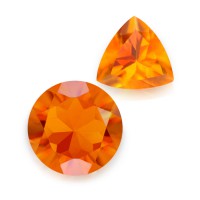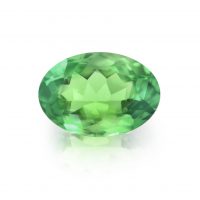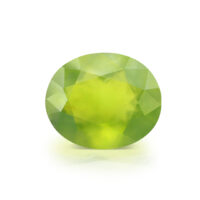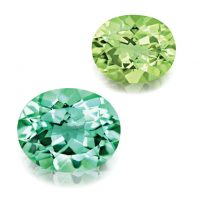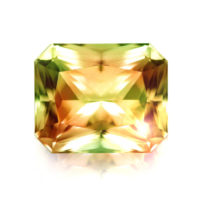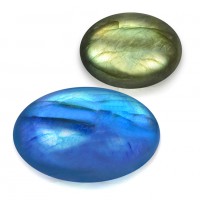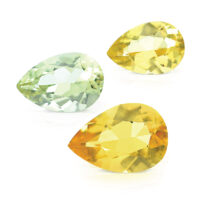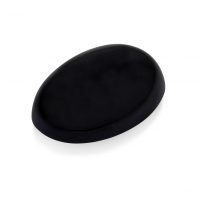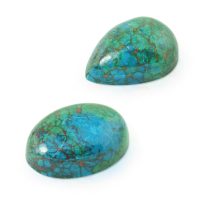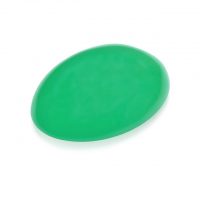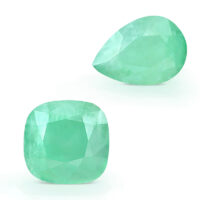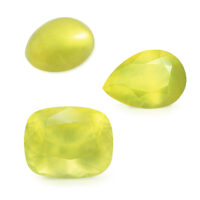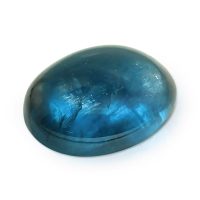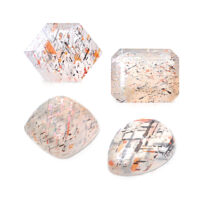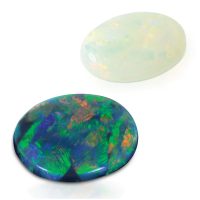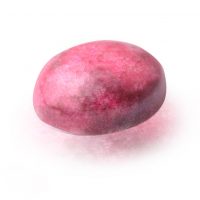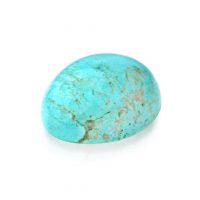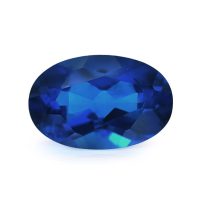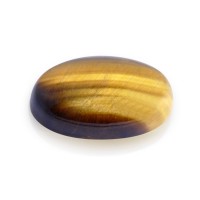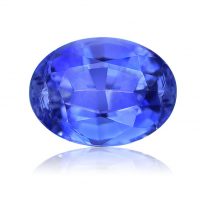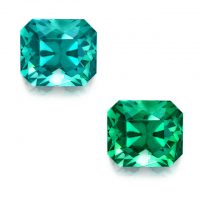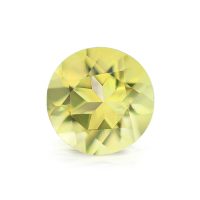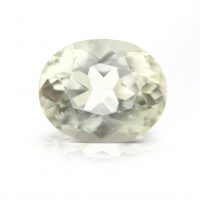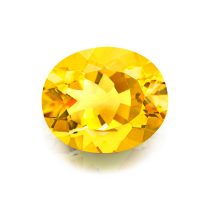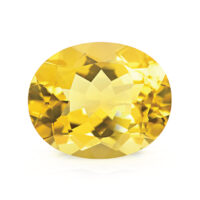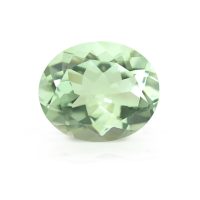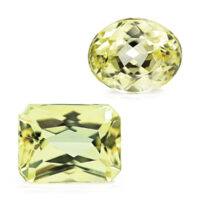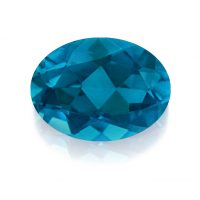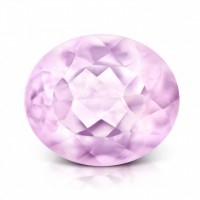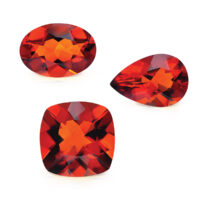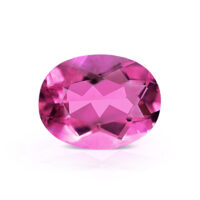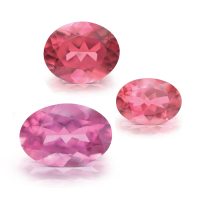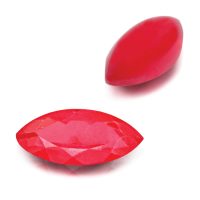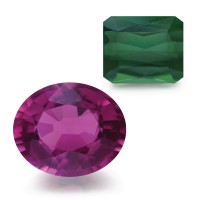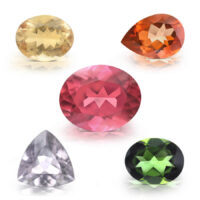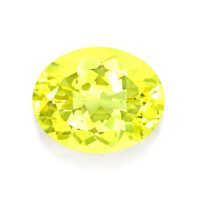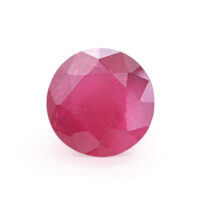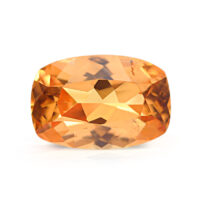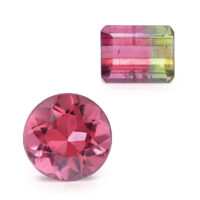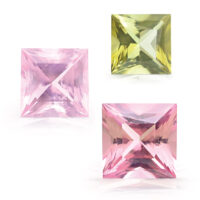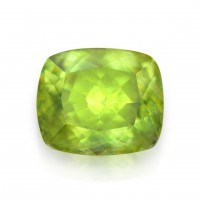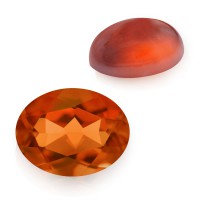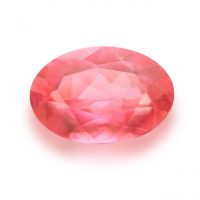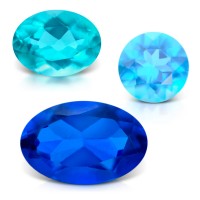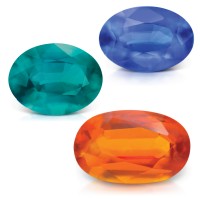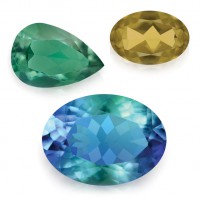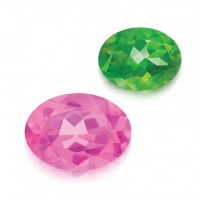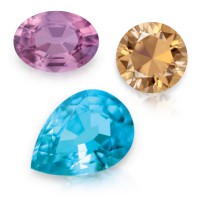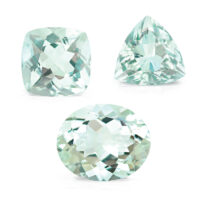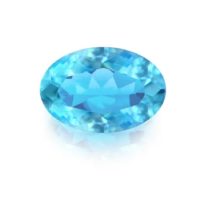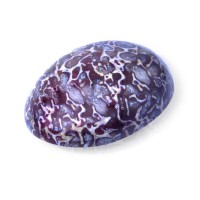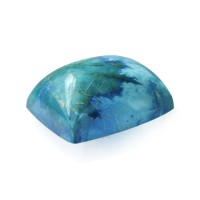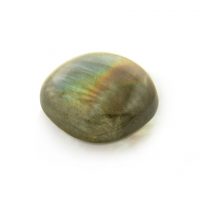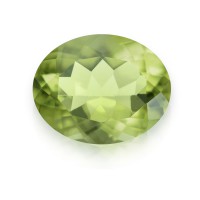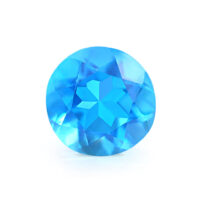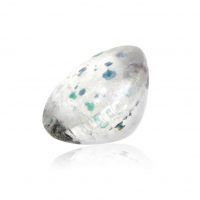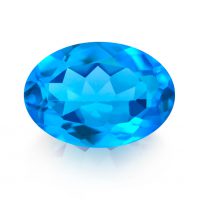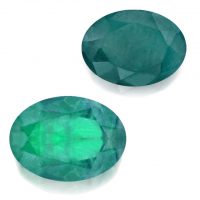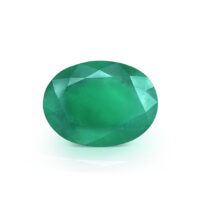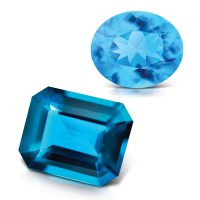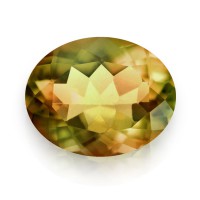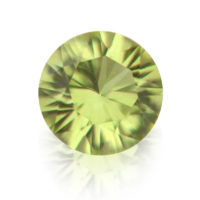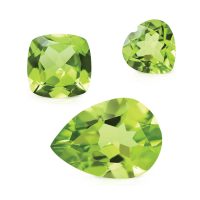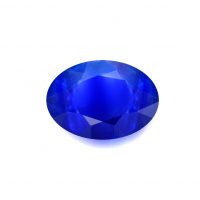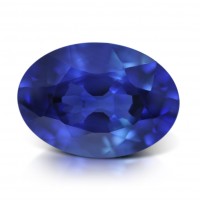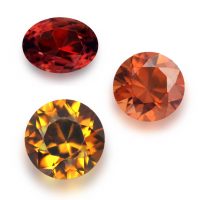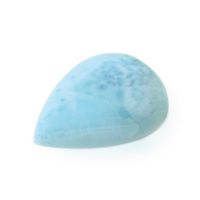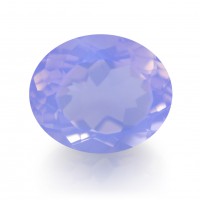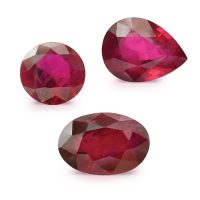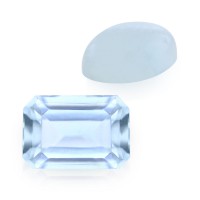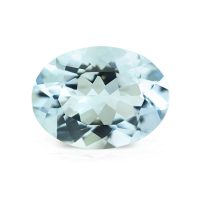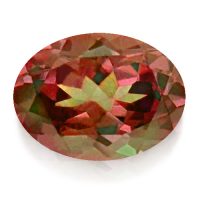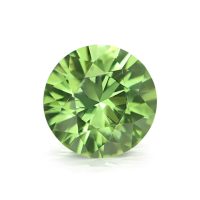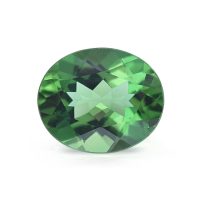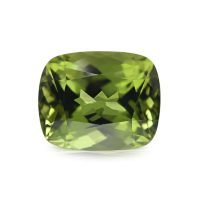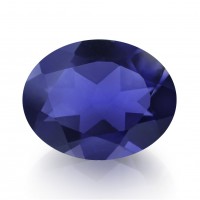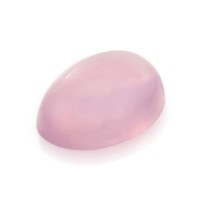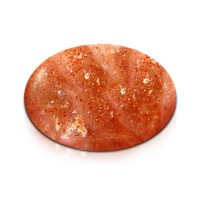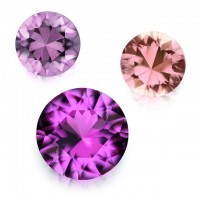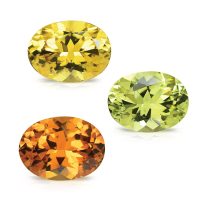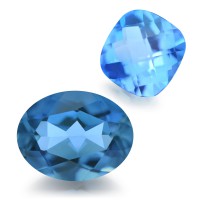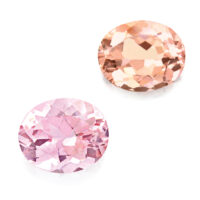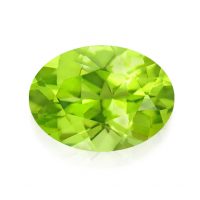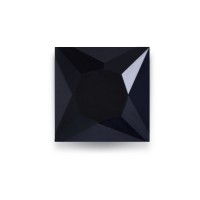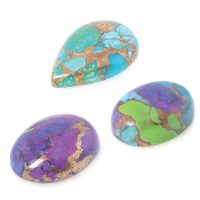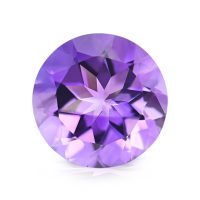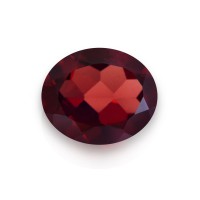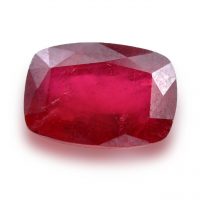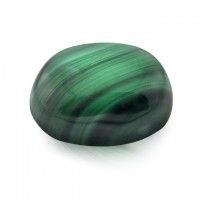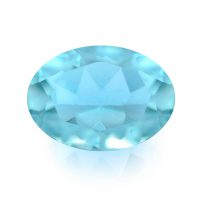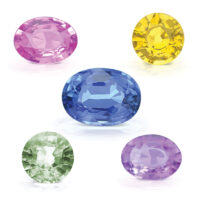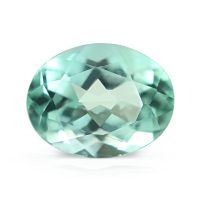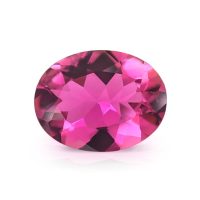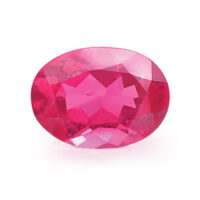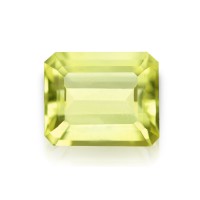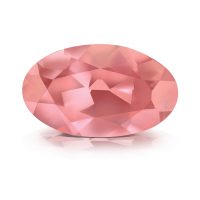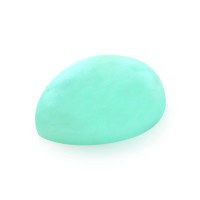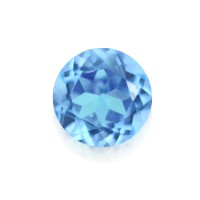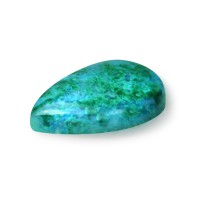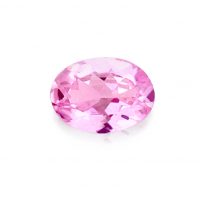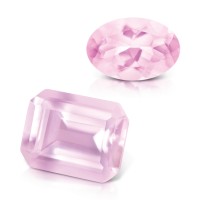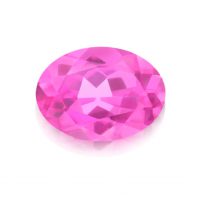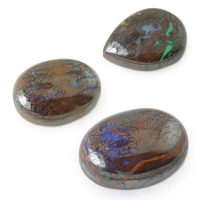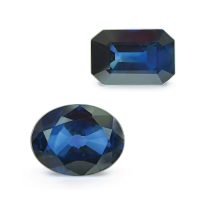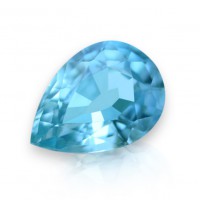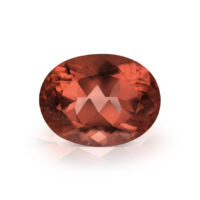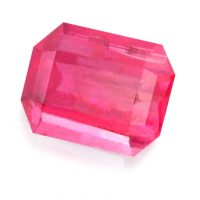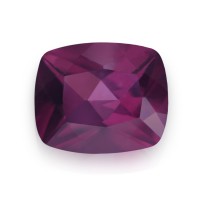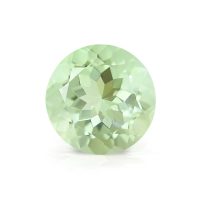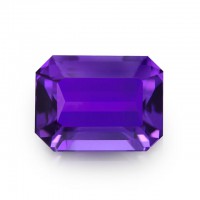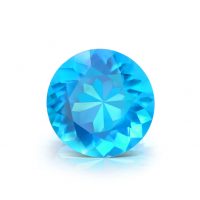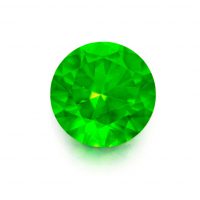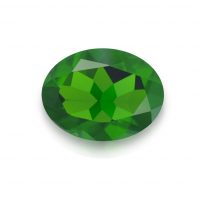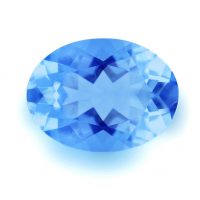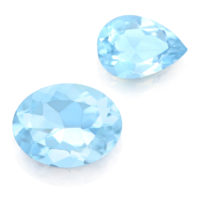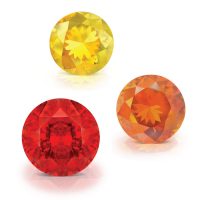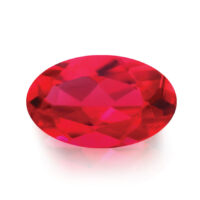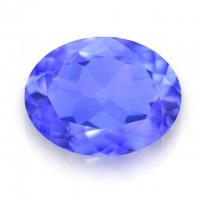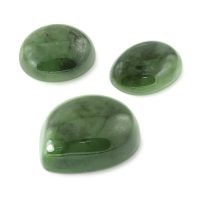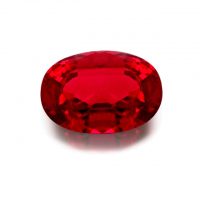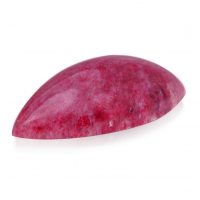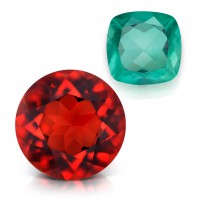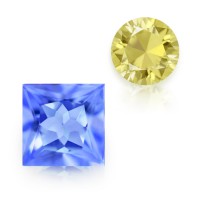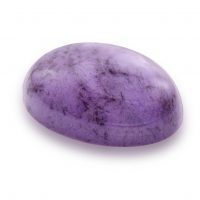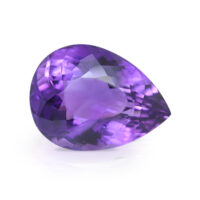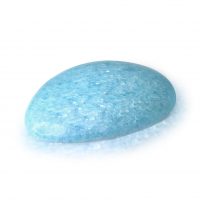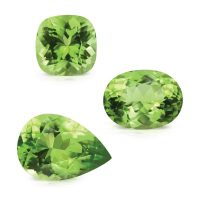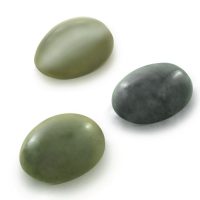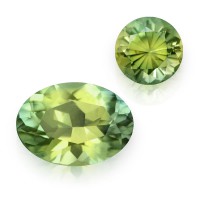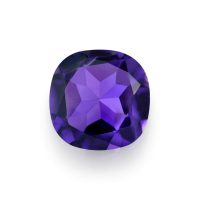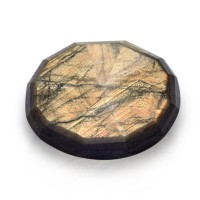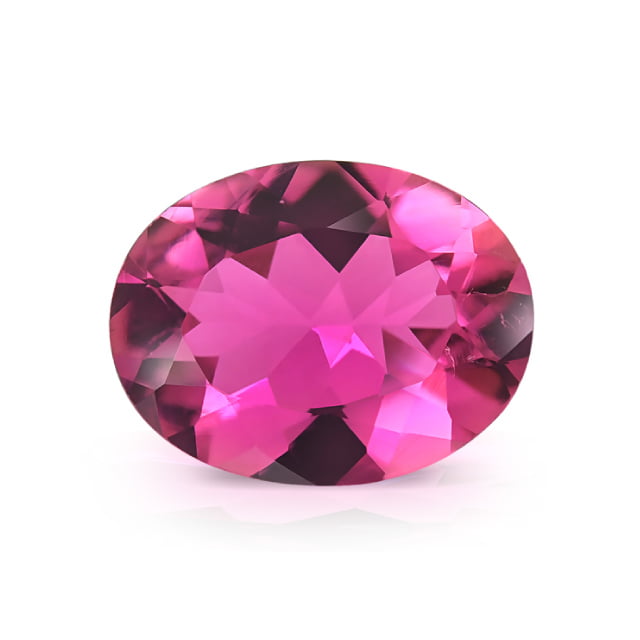

With only a handful of important deposits, Rubellite’s among the world’s rarest and most valuable gemstones. In the 90s, exceptional Rubellite was found in Nigeria’s Oyo state. Our Nigerian Rubellite was mined in 2010 near the town of Ofiki, wonderfully showcasing its natural cocktail of opulent pinks, purples and reds. It’s coveted high-clarity and optimal lapidary afford an exceptionally colorful brilliance, indicative of premium quality. An undeniably exclusive jewelry gemstone, fine-Rubellite has significantly increased in price and decreased in availability, demanding a place in any serious collection.
Hardness 7 – 7.5
Refractive Index 1.624 – 1.644
Relative Density 2.82 – 3.32
Enhancement None
Beauty
Prized for its defining signature color, Nigerian Rubellite’s beautiful purplish-pinkish-reds have a highly-desirable medium saturation (strength of color) and tone (lightness or darkness of color), along with an exceptional brilliance, clarity, luster, and transparency, the coveted marketplace ideal.
Rubellite like Emerald, is classified as a Type III gemstone by the GIA (Gemological Institute of America), meaning they typically grow with many eye-visible inclusions. While Rubellite’s inclusions are a totally acceptable characteristic trait, ours are eye-clean (the highest quality clarity grade for colored gemstones, as determined by the world’s leading gemological laboratories), significantly reducing cut yield (see below).
Dependent on optimal lapidary, Rubellite is challenging for the cutter due to their characteristic inclusions, internal crystal tension, and their inherent dichroism (two colors visible from two directions). Expertly faceted in the famous Indian gem city of Jaipur, home to some of the world’s very best lapidaries, each crystal’s carefully orientated to maximize colorful brilliance, maintaining a high-polish/luster, and a good overall appearance (outline, profile, proportions, and shape). Like all Tourmalines, Rubellite are ‘day gems’, typically looking their very best in natural light.
One of October’s birthstones, Rubellite’s a transparent variety of Tourmaline coming in red, strong purplish-red/pink, and slight purplish-red/pink, named from the Latin ‘rubellus’ (reddish) and the Greek ‘lithos’ (stone). While red and pink are technically the same color, Rubellite’s distinguished from Pink Tourmaline by its greater saturation, deeper tone, and typically, secondary purples. Pure reds with virtually no secondary purples are exceptionally scarce and demand a premium. The ideal is the happy medium, intense as possible, but not too dark or too light. In Rubellite, the trace element that lends its delightful purplish-reds is manganese, but this is a double-edged sword. More manganese gives Rubellite a deeper saturation and tone, but also increases the prevalence of inclusions. This is why clean fine-Rubellites are a veritable scarcity. Tourmaline frequently garners the nickname, ‘the chameleon gem’, not only because of its multitude of colors, but also because of its historic propensity to be confused with other gemstones. Tourmaline is derived from the Sinhalese ‘turmali’, which means ‘mixed parcel’ or ‘stone with mixed colors’ and are a group of related minerals whose differences in composition result in a huge variety of colors. While there are 13 mineralogical varieties of Tourmaline, the main variety is Elbaite. Named after the island of its discovery (Elba) in Tuscany, Italy, Elbaite is the backbone of Tourmaline gemstones. A source of minerals during antiquity, Elba is best known as the island of Napoleon’s exile in 1814. Name a color and in all likelihood, you’ll find it in Tourmaline. Even pure ‘amethyst’ purples have appeared since the discovery of the Mozambique Paraíba deposit in the Mavuco area. Tourmaline’s different colors are either identified by a color prefix, such as blue-green, green and pink, or a variety name or prefix. These include Bicolor Tourmaline (two or more colors), Canary Tourmaline (historically known as ‘Tsilaisite’, Yellow Elbaite is colored by manganese), Cat’s Eye Tourmaline (chatoyant Tourmaline), Color Change Tourmaline (green to red), Cuprian Tourmaline (non-Paraíba hues, but still colored by copper and manganese), Indicolite (blue), Paraíba Tourmaline (blue to green, colored by copper and manganese), Rubellite (purplish-red), and Watermelon Tourmaline (pink interior, green exterior, just like the fruit). Another prized, but exceedingly rare variety is Chrome Tourmaline, a vivid pure green East African Dravite colored by chromium and vanadium, the same elements that make Emerald and Tsavorite. Last is Schorl (Black Tourmaline), a variety that’s naturally abundant and once popular in mourning jewelry, yet now commercially scarce because it’s rarely faceted. Nevertheless, interest in both Black Tourmaline and Black Spinel has increased due to the popularity of Black Diamonds.
Rarity
Enjoying intense competition among international buyers, Rubellite, along with Chrome Tourmaline, Indicolite, and Paraíba Tourmaline, are the rarest and most expensive Tourmalines. Premium Rubellite sources include, Brazil, Madagascar, Mozambique, Namibia, and Nigeria, with prices from any locale significantly increasing since 2014, especially in finer, cleaner grades.
One of the world’s most significant Tourmaline deposits was unearthed in a farming area about 40 kilometers from the city of Ibadan in Nigeria’s Oyo state near the border with Benin (West Africa). With the crystals from weathered pegmatites (a coarsely crystalline igneous rock) usually found relatively shallow, about two meters underground, miners rapidly removed over 1,000 kilograms of fine Tourmaline. In less than two years, the deposit was ostensibly depleted. Despite subsequent discoveries approximately 150 kilometers from Ibadan near the town of Ofiki, it remains very difficult to obtain fine-quality Nigerian Rubellite in the open market. While Nigeria is today acclaimed for yielding extremely fine Rubellite, by 2002 the area was heavily mined, with its esteemed Rubellite sold and vaulted. While some limited mining continues, little gemmy rough is unearthed.
To maintain an eye-clean clarity, our cutting yield was only 8 percent, which’s significantly lower than usual; the typical return on a gem mineral is 20 – 35 percent. Nigerian Rubellite’s also totally natural and unenhanced, accentuating desirability, rarity and value. With over 90 percent of gemstones enhanced, Rubellite is sometimes heated and/or irradiated to improve color.
Durability & Care
Nigerian Rubellite (Mohs’ Hardness: 7 – 7.5) is an excellent choice for everyday jewelry. Always store Nigerian Rubellite carefully to avoid scuffs and scratches. Clean with gentle soap and lukewarm water, scrubbing behind the gem with a very soft toothbrush as necessary. After cleaning, pat dry with a soft towel or chamois cloth.
Map Location
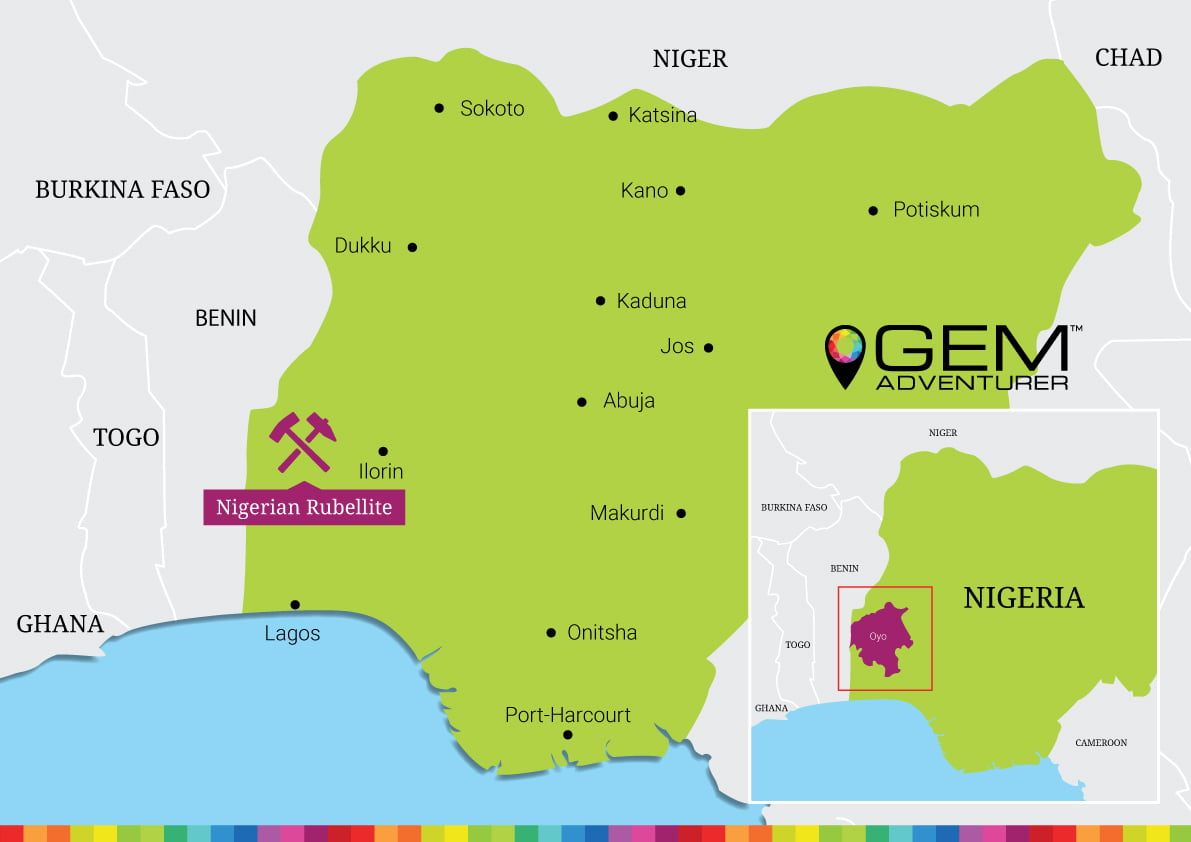
Click map to enlarge
